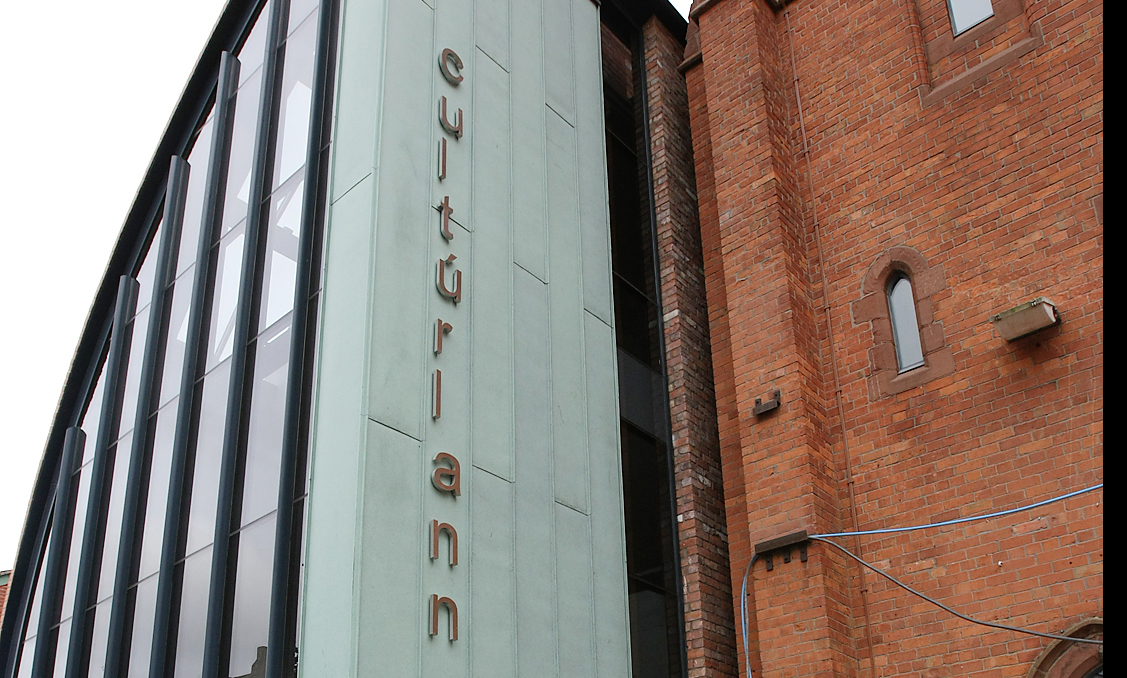The West is definitely the place to go if you want it authentically Irish – and that’s official. But it’s no longer the Gaeltacht areas of the West of Ireland that are top of the Gaeilgeoir pops, but our very own West Belfast.
The North’s latest census figures for the numbers of Irish speakers at local level, which have just been released, show West Belfast at the top of the league table. The publication of the long awaited figures, down to local ward level, show that the numbers of Irish speakers across West Belfast have continued to rise steadily, vindicating the sterling work of local schools and Irish language organisations who have been driving forward the language revival at grassroots level.
“There couldn’t be a better time for this shot in the arm for local Gaeilgeoirí who this week launched a packed programme of events for Seachtain na Gaeilge which runs right up to St Pat’s Day,” said Forbairt Feirste Director Jake MacSiacais.
“The teams of local workers right across the West, many of whom give of their time and energy on a voluntary basis, will be delighted to know that their efforts are paying off in spades,” said Jake. “We all know from anecdotal evidence that there’s never been a brighter, more exciting time for the language but there’s nothing better than seeing it in black and white to confirm what you’ve always known.”
So who actually comes out top of the pops in the sarghaeilgeoir, or supergael, tables? Well, surprise, surprise, in raw figures for local areas based on the number of actual speakers it’s Glen Colin with 1,563 speakers, followed closely by Glen Road with 1,560 and Falls Park with 1,511 speakers.
But other areas, like Andersonstown, Upper Springfield and Whiterock, who were behind those areas by several hundred speakers, shouldn’t be all that downhearted because when the number of speakers is set against the number of residents the percentages show that across the West of the city percentages of speakers range from a low of 17.52 per cent up to a high of 29.36 per cent, with all areas in the West punching in at around two-plus speakers of Irish for every 10 residents.
“This is most definitely a case of hats off to the Trojan workers who have accomplished so much and quite often with very meagre resources,” continued Jake.
“Furthermore it is the icing on the cake for those pioneers of the revival who took their courage in their hands and set up Ireland’s first urban Gaeltacht at Bóthar Seoighe despite the naysaying of the experts all around them who said that it would never work.
“This year marks Bliain na Gaeilge, a year-long celebration of the 120th anniversary of the start of the modern Irish language revival and it is a big lift for everyone across the island to know that 120 years on from the dark days of post-famine Ireland and the decline of culture and language which followed it, that we now have more actual speakers of the language than ever before with figures reaching 184,898 people in the six counties and 1,774,437 in the 26 counties, a combined total falling just short of two million Gaeilgeoirí.
“Tá ár lá tagtha – our day has come.”
People in West Belfast with ability in Irish
Andersonstown 1,298
Beechmount 1,286
Clonard 1,089
Colin Glen 1,107
Derryaghy 1,679
Dunmurry 988
Falls 868
Falls Park 1,511
Finaghy 597
Glen Road 1,560
Glen Colin 1,563
Kilwee 716
Ladybrook 1,457
Poleglass 768
Twinbrook 477
Upper Springfield 1,183
Whiterock 1,170



